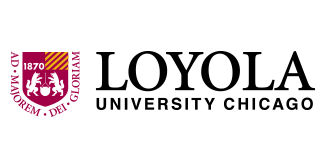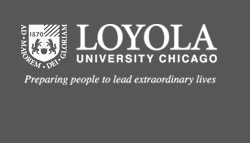Date of Award
2016
Degree Type
Dissertation
Degree Name
Doctor of Philosophy (PhD)
Department
Cell Biology, Neurobiology and Anatomy
Abstract
Adoptive cell transfer (ACT) using T cell receptor (TCR) gene-modified T cells is an exciting and rapidly evolving field. Numerous basic science and clinical studies have demonstrated various levels of feasibility, safety, and efficacy using TCR-engineered T cells to treat cancer and viral infections. Genomic instability of targeted diseases, however, requires effective and safe TCRs to cross-recognize mutated antigens while minimizing on- or off-target toxicities. Thus, improvements to T cell-based therapeutics mandate a broader understanding of the principles governing antigen recognition. This dissertation addresses critical biologic questions evaluating which parameters are most important in facilitating antigen recognition, and how alterations in TCR-peptide major histocompatibility complex (pMHC) interactions affect T cell function. Our model to study antigen recognition utilizes traditional and novel approaches characterizing the capability of T cells gene-modified to express an HLA-A2-restricted, cross-reactive TCR to recognize naturally occurring mutant hepatitis C virus NS3:1406-1415 epitopes.
Contrary to what is generally accepted in the field, we found that TCR-pMHC affinity is not necessarily the most important factor dictating antigen recognition. Other cellular parameters, including ligand density, TCR density, and co-receptor signaling greatly influenced the recognition of altered pMHC ligands. Additionally, we found that the field’s interpretation of antigen recognition may be misguided when evaluation of T cell function is limited to a single cytokine. Functional phenotypes by seven-parameter flow cytometry revealed that T cell functional profiles are more complex than were previously believed, and evaluation of a single functional phenotype did not accurately reflect the functional behavior of a T cell culture. Combining functional studies with structural analysis of the TCR-pMHC interface helps bring clarity to these unexpected results. Together, our data suggest that the field is oversimplifying T cell function and establish a new working model highlighting a previously unappreciated and complex relationship between kinetic, cellular, and structural parameters governing antigen recognition. This enhanced understanding will not only help steer rational, structure-guided design of TCRs to generate better functioning T cells for ACT, but will also impact the way in which we design, evaluate, and implement novel immunotherapies.
Recommended Citation
Spear, Timothy T., "The Impact of Altered T Cell Receptor—Peptide-Major Histocompatibility Complex Interactions on Antigen Recognition and T Cell Function" (2016). Dissertations. 1971.
https://ecommons.luc.edu/luc_diss/1971
Creative Commons License

This work is licensed under a Creative Commons Attribution-Noncommercial-No Derivative Works 3.0 License.
Copyright Statement
Copyright © 2016 Timothy T. Spear


